
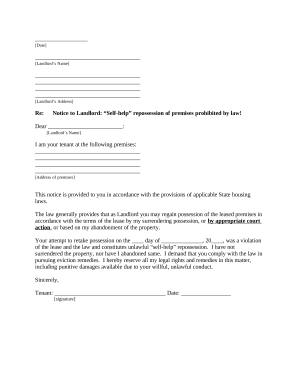
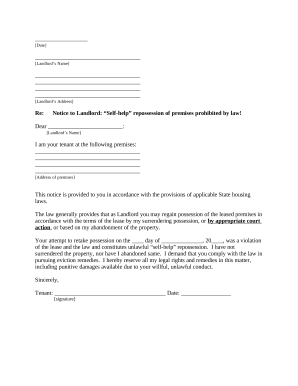
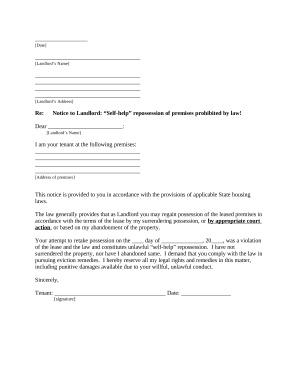

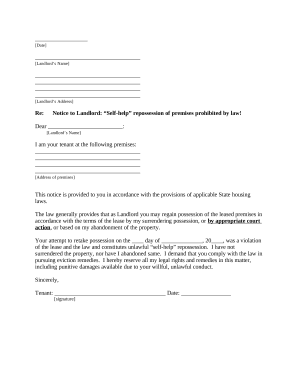


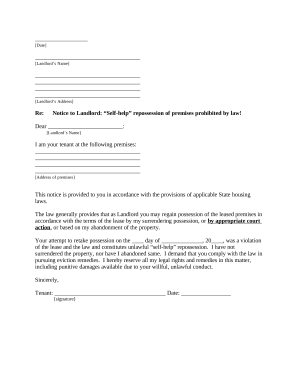
Form administration occupies to half of your office hours. With DocHub, you can easily reclaim your office time and boost your team's productivity. Access Self-Help Eviction Letters category and check out all document templates related to your daily workflows.
The best way to use Self-Help Eviction Letters:
Improve your daily document administration with the Self-Help Eviction Letters. Get your free DocHub account right now to explore all forms.